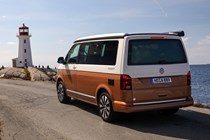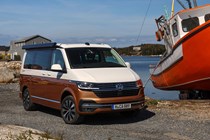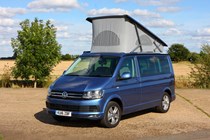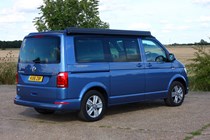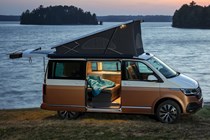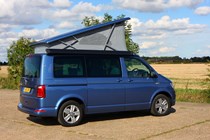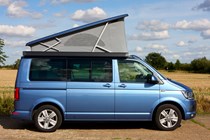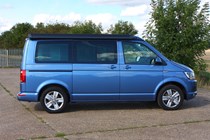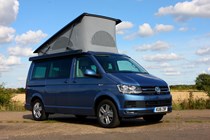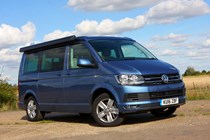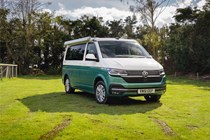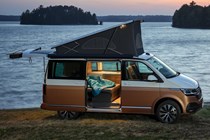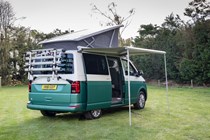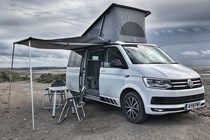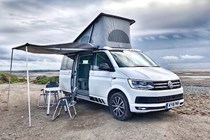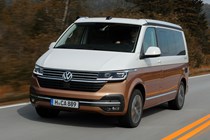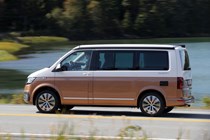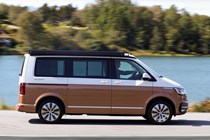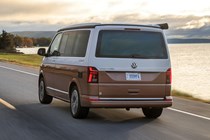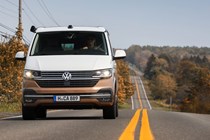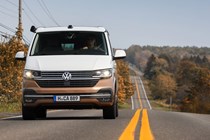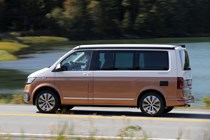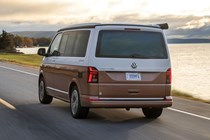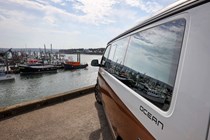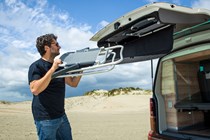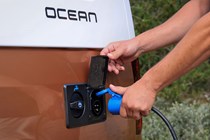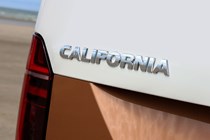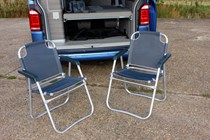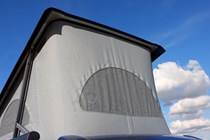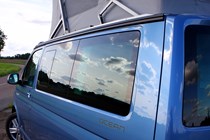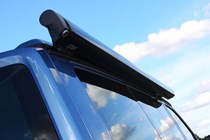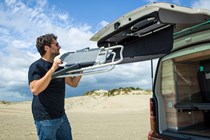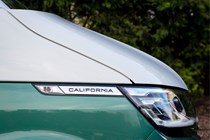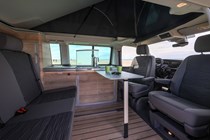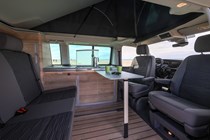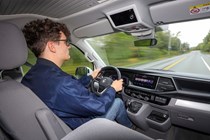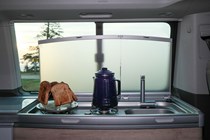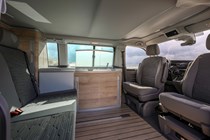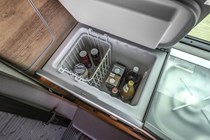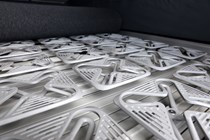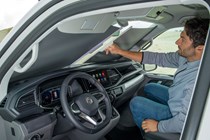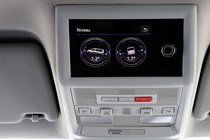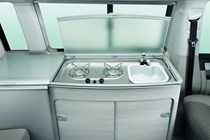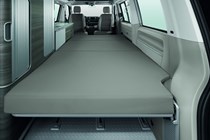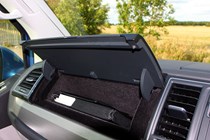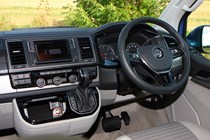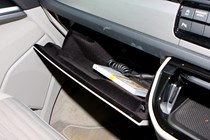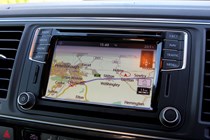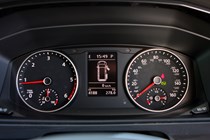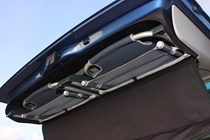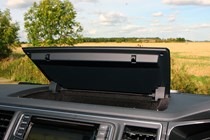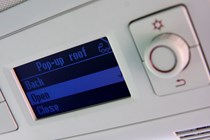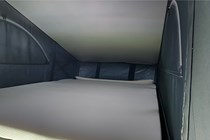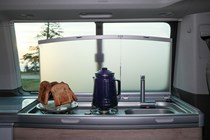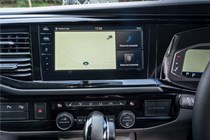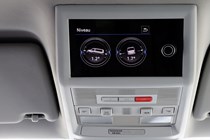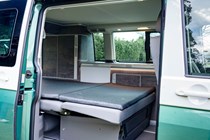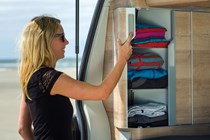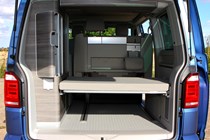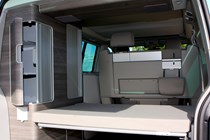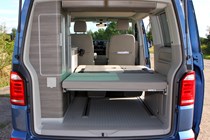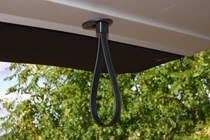
Volkswagen California running costs and reliability

Miles per pound (mpp) ⓘ
| Diesel engines | 3.5 - 4.6 mpp |
|---|
Fuel economy ⓘ
| Diesel engines | 27.4 - 36.2 mpg |
|---|
- BlueMotion technology as standard
- Budget plenty for fuel, tyres and brakes
- Remember to keep the AdBlue topped up
This is a big, heavy box with limited aerodynamic properties – so while VW fits a number of fuel-saving BlueMotion features (including stop-start, low-rolling resistance tyres and brake energy regeneration), you should be prepared to pay for the privilege of taking your own hotel on holiday with you when it comes to diesel consumption.
Take the claimed figures, which as of July 2018 ranged from 36.2mpg to 42.2mpg for the diesel models, with a reasonably substantial pinch of salt. There’s also a 13-litre AdBlue tank you need to keep topped-up – a requirement for the Euro 6 emissions regulations. The petrol engines are less efficient still, with the official figures claiming between 29.4 and 30.1mpg. Ouch.
Official fuel economy figures for the T6.1 are worse on paper as they reflect the newer WLTP testing standard, which is supposed to better represent results in real-world driving. However, all models except for the 4Motion version deliver more than 30mpg in official economy tests, with the TDI 150 capable of delivering around 33mpg in real-world driving.
Californias with the DSG transmission do have a ‘coasting’ function, which disengages the engine from the gearbox when rolling along at higher speeds – you’ll notice this in action when the revs drop down to idle levels while you’re driving. The engine reengages as soon as you press on the accelerator again or manually select a lower gear.
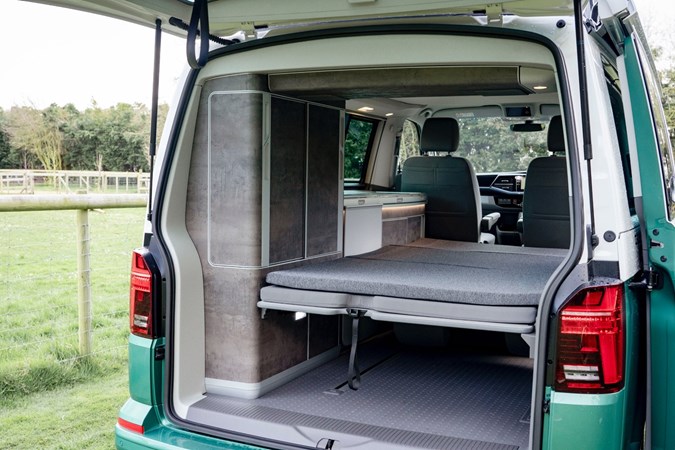
Look for specialist insurance
Weighing at least 2.3-tonnes means the California will be hard on its brakes and tyres, as well as generating plenty of CO2, in some instances making it more expensive to tax.
Counterbalancing the costs, you’ll find that there are specialist insurers for these kinds of vehicles, which can help keep your premiums down (look out for further reductions through owners’ clubs and forums), and VW offers a range of servicing packages to take the sting out of those bills as well.
The California meets Euro 6 emissions requirements – this doesn’t do much for CO2 reduction but it does mean potentially harmful NOx emissions are significantly reduced. This is why it has an AdBlue tank.
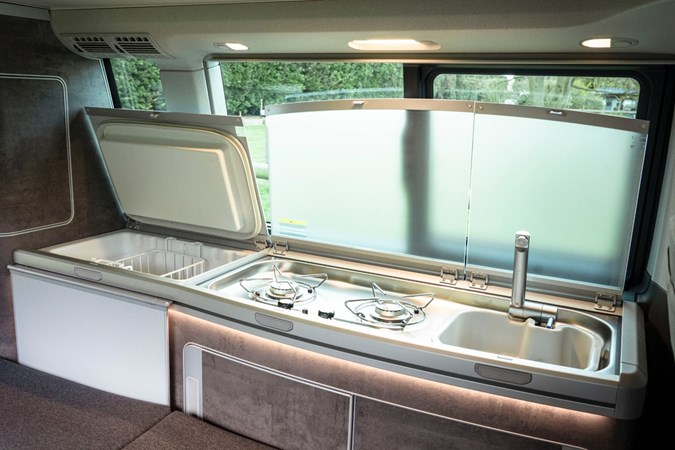
As for CO2 emissions, the California initially ranged 162-182g/km from the original diesel engine line-up. This has been revised slightly, and as of July 2018 the range was 175-205g/km for diesel versions.
The petrols are worse still at 216-218g/km.
Again, exact details of T6.1 versions are yet to be confirmed at the time of writing – and again you should expect them to look worse.
Reliability
While VW generally builds reliable vehicles, California owners’ groups have reported issues with knocking steering, blistering paint (especially on the front roof panel), recurring airbag warning lights and water ingress – including excessive windscreen condensation (though this hardly seems surprising if you’ve got four people sleeping inside) and leaks from the sliding side windows.
Some of these problems are more common on earlier T5 models than the T6 versions, however.
There have been just three official recalls on passenger versions of the T6 since it was introduced (which means the Caravelle as well as the California), for issues with water getting inside and into the electronics, cracking fuel hoses and front airbags – though the latter affected just 17 vehicles in the UK.
These should all have been fixed by VW free of charge, but if buying a used California it will be worth checking that any necessary work has actually been carried during the previous owner’s custodianship.
Ongoing running costs
| Road tax | £255 - £600 |
|---|---|
| Insurance group | 20 - 39 |
Get an insurance quote with

|
|



